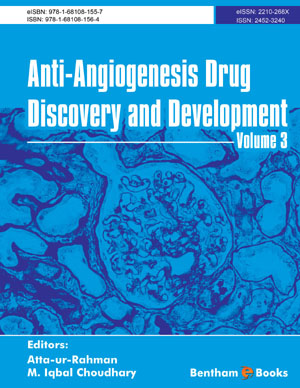Abstract
The extracellular matrix (ECM) is composed of fiber proteins (collagen, elastin, and fibrillin), specialized proteins (fibronectin and laminin), and ground substances such as glycosaminoglycan (GAG) and proteoglycan (PG). PGs are complexes of core proteins and GAG. GAGs such as heparin-like substances, except hyaluronic acid, are abundantly sulfated and interact with arginine-rich motifs including the heparin-binding domains (HBD) of cytokines, chemokines, and growth factors. The existence of an optimal dose is expected for the cardiovascular effects of erythropoietin (EPO)-derivatives. Asialoerythropoietin (AEPO), intermediate products of EPO in the Golgi, as well as the metabolic products of EPO by desialylation are expected to play roles in tissues as paracrine cytokines that protect organs from damage. Like VEGF, AEPO expresses tissue affinity, and tissues can maintain a constant concentration of AEPO. However, AEPO is not suitable for the treatment of anemia or endothelial cells injury. We have synthesized a chimeric derivative of EPO, heparin-binding erythropoietin (HEPO), introduced with the HBD of human PLGF-2. HEPO expressed a long-acting nature in erythropoiesis in vivo as expected. Surprisingly, the natural recovery of blood flow in a mouse limb ischemia model was inhibited by the administration of HEPO. PLGF shares the same receptors with VEGF-A, and expresses stronger angiogenic activity than VEGF-A. HBD of PLGF-2 is richer in arginine and lysine than VEGF-A. HEPO may inhibit the angiogenic effects of intrinsic VEGF by occupying tissue GAG with the HBD of PLGF-2.
Keywords: Heparin-binding domain, glycosaminoglycan, paracrine, long-acting erythropoietin, angiogenesis inhibitor, placental growth factor.






















